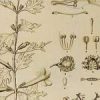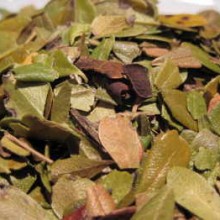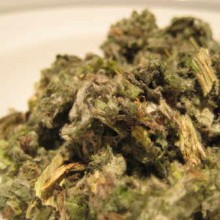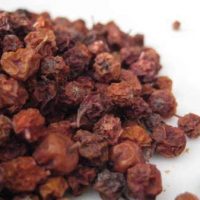Devils Claw also known as The Grapple Plant or Wood Spider is a tender trailing perennial with tubers and many round to oval-shaped stems. The leaves have white, hairy undersides. Solitary, red to purple flowers, shaped like trumpets appear in spring followed by the characteristic large, hooked and claw-like fruit. It owes its common name Devil’s Claw to the peculiar appearance of its hooked fruit. The plant’s large and tuberous roots are the parts most traditionally used by herbalists.
It is a native of Southern Africa (Botswana, Namibia and the Kalahari) from where colonists brought it home to Europe for the treatment, at the time, solely for arthritis. It belongs to the same family of plants as Sesame.
Traditional Uses and Constituents of Devils Claw:-
Devils claw is a bitter, astringent, sedative and painkilling herb that effectively reduces inflammation and stimulates the digestive system.
Its main ingredient are iridoid glycosides (mainly harpagoside) as well as harpagide, phenolic glycosides (acteoside and isoacteoside), procumbide together with their cinnamic or coumarin acid esters.
Internal uses for Devils Claw:-
Devils claw is used internally to treat rheumatoid arthritis, neuralgia and problems involving the gall bladder and pancreas.
It is also very effective in treating lower back pain, as well as digestive problems, loss of appetite (due to its bitter characteristics which stimulates the production of gastric juices) and the treatment of pain during and after childbirth or labour.
External uses for Devils Claw:-
Devils claw is used externally, usuall in an ointment or cream, to treat swollen, arthritic joints as well as boils, sores and skin ulcers.
Cautions
Devil’s claw may interfere with the action of Ticlopidine and Warfarin and anyone wishing to use this herb should consult with a physician or professinal herbalist before taking Devil’s claw with either of these two medications.






